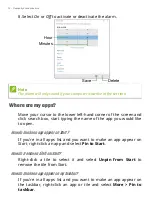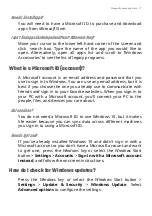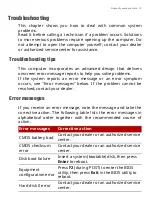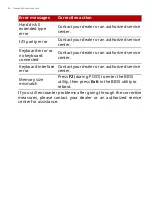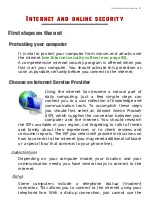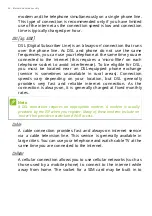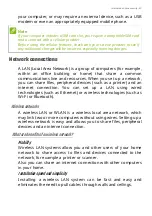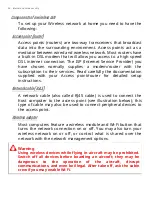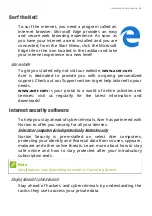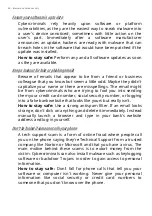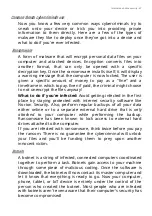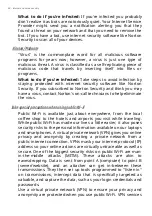
Internet and online security - 87
Common threats cybercriminals use
Now you know a few very common ways cybercriminals try to
sneak onto your device or trick you into providing private
information to them directly. Here are a few of the types of
malware they like to deploy once they've got into a device and
what to do if you're ever infected.
Ransomware
A form of malware that will encrypt personal data files on your
computer and attached devices. Encryption converts files into
another format, that can only be opened with a specific
decryption key. Once the ransomware installs itself, it will display
a warning message that the computer is now locked. The user is
given a specific amount of money to pay as a "fine" and a
timeframe in which to pay. Even if paid, the criminal might choose
to not unencrypt the files anyway!
What to do if you're infected:
Avoid getting infected in the first
place by staying protected with internet security software like
Norton Security. Also, perform regular backups of all your data
either online or to a separate external hard drive that is
only
attached
to your computer while performing the backup.
Ransomware has been known to lock access to external hard
drives attached to the computer.
If you are infected with ransomware, think twice before you pay
the ransom. There is no guarantee the cybercriminal will unlock
your files and you'll be funding them to prey upon another
innocent victim.
Botnets
A botnet is a string of infected, connected computers coordinated
together to perform a task. Botnets gain access to your machine
through some piece of malicious coding. Once the software is
downloaded, the botnet will now contact its master computer and
let it know that everything is ready to go. Now your computer,
phone, tablet, or IoT device is entirely under the control of the
person who created the botnet. Most people who are infected
with botnets aren't even aware that their computer's security has
become compromised!




